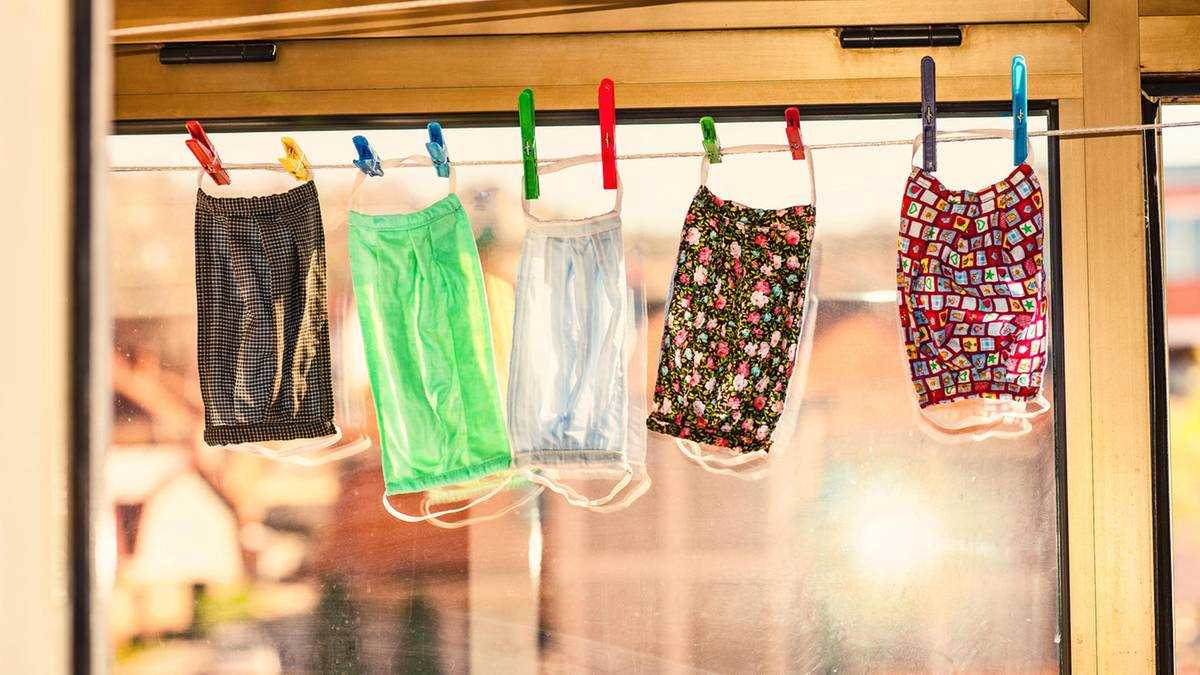Wearing simple masks in public is now highly recommended not only by experts, but also by Chancellor Angela Merkel. In supermarkets, buses and trains, everyday masks are designed to protect against the further spread of the corona virus.
Then Germany plunges into craft fever. Masks have been sewn, glued and stapled for a few weeks now. There is little that can be done wrong in the manufacture of mouth-nose protection, according to an immunologist. But in use, the supposed protective shields quickly become a spinner – if they are not cleaned properly.
The general rule is that medical masks should not be reused at all. However, self-sewn mouthguards hold quite often, provided that they are cleaned in between. We give advice on which cleaning mistakes you should avoid – and how the mask really gets clean and, above all, virus-free.
3 Errors while cleaning a mask
Cleaning error 1: Use too often
"Oh, that's still fine," is a thought that many people are likely to find themselves in at the moment. Because the tricky thing about viruses is that you can't see them. However, if a mask is used more often without being cleaned in between, it can become a spinner. The mask can come into contact with viruses both through your own breathing air and through putting on and taking off with your hands. Therefore, masks should only be touched on the rubber bands and only with washed hands. The breathing air also creates a moist climate in the mask – an ideal condition for pathogens. The masks should therefore be cleaned and dried every time.
Cleaning error 2: Heat mask too much
The hotter the better? No! If you want to heat your mask in the oven and thereby clean it, you should be careful. This is because pathogens should be killed, but materials should not be damaged. If the oven is too hot, parts of the mask can break. In the NDR info podcast, virologist Christian Drosten therefore recommends heating to around 70 degrees in the oven. Viruses would be killed at this temperature, but materials would remain undamaged.
Cleaning error 3: Do not let dry
Cloth masks can not only be heated in the oven, but also washed well. The most important thing here is drying afterwards. The fabric should be completely dry before using the mask again. Because "the virus is sensitive to dehydration," explains immunologist Bernhard Fleischer. Again, germs can multiply ideally in a damp environment.
Disinfect mask: This is how it works
- In the oven: let dry at 70 degrees for 30 minutes
- In the microwave: Place the mask face down on two containers, fill in 50 ml of tap water, heat at 750 watts for two minutes and clean with steam
- In the washing machine: wash at 60 degrees, allow to dry thoroughly
- In addition, you should avoid common mask mistakes when wearing – because only then will you protect yourself and others.
Sources used: NDR Info Podcast, Der Spiegel, RKI, Consumer Center
